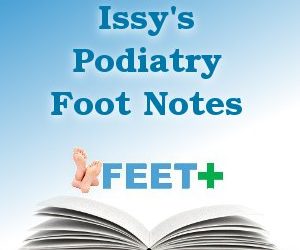What is a corn? This is a question Podiatrists are often asked. Does it have a root? Is it viral? Can it be contagious?…..The answer to all these common myths you’ll be pleased to know is NO! Corns are cone-shaped concentrated areas of hard skin which occur when putting too much pressure on a particular area of skin. Areas most vulnerable to this include the balls of your feet, heels, toes, bony prominences and even under your nails! Corns between your toes are softer due to the moisture that exists in that area but these are often very painful and can easily breakdown and even ulcerate leading to nasty bacterial infections. Corns can also occur in very dry areas of skin these are usually very small and it’s not uncommon to see a large group of them close together.
So you have a corn? What can help? A corn is very unlikely to resolve properly without total removal of its core which is best done by a Podiatrist. Podiatrists are medically trained to skilfully remove corns with special sterilised instruments to minimise your risk of infection.
Podiatrists will also advise you on how to prevent the return of these corns by working with you to eliminate excessive load and pressure on your joints causing the skin to overproduce keratin (the skin building protein) as a protective mechanism. This may be in the form of padding, footwear advice and special insoles known as Orthotics. If your skin is too dry a good emollient will work wonders and with regular use can significantly reduce seed corns.

